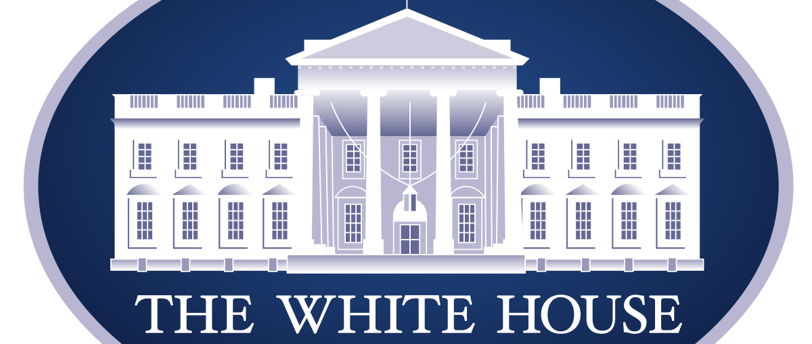U.S. Executive Order on Responsible AI: A Blueprint for the Future
U.S. Executive Order on Responsible AI: A Blueprint for the Future The White House recently issued an Executive Order on the Safe, Secure, and Trustworthy Development and Use of Artificial Intelligence, marking a pivotal step in the governance of AI technologies. This blog post delves into the key aspects of this groundbreaking order.
Tolga Tuncoglu
12/16/20232 min read


The White House recently issued an Executive Order on the Safe, Secure, and Trustworthy Development and Use of Artificial Intelligence, marking a pivotal step in the governance of AI technologies. This blog post delves into the key aspects of this groundbreaking order.
Recognizing AI’s Dual Nature
AI’s promise is as vast as its peril. It can drive prosperity and innovation but also poses risks like bias and security threats. This Order underscores the importance of responsible AI use to leverage its benefits while mitigating risks, demanding collaboration across government, private sector, academia, and civil society.
Guiding Principles for AI Governance
Safety and Security: AI must be robust, reliable, and secure, requiring standardized evaluations and risk mitigation strategies. This includes addressing security risks in biotechnology and critical infrastructure and developing content provenance mechanisms.
Promoting Innovation and Competition: The Order emphasizes fostering a fair AI ecosystem, supporting small businesses, and attracting global AI talent. It aims to provide Americans with AI-related skills and address intellectual property challenges.
Supporting American Workers: AI should create opportunities for all workers, including through job training and collective bargaining. Its deployment must not undermine rights or worsen job quality.
Advancing Equity and Civil Rights: AI policies must align with commitments to equity and civil rights, avoiding discrimination and bias. This includes ensuring AI complies with Federal laws and engaging with affected communities.
Protecting Consumer Interests: The Order mandates safeguarding consumers against AI-related fraud and bias, particularly in critical fields like healthcare and finance. It also aims to promote AI uses that enhance the quality and availability of goods and services.
Safeguarding Privacy and Civil Liberties: As AI evolves, it’s crucial to protect personal data and privacy. The use of privacy-enhancing technologies is encouraged to mitigate risks.
Enhancing Government’s AI Capacity: The government will boost its ability to regulate and support responsible AI use, including training public service AI professionals and modernizing IT infrastructure.
Global Leadership and Collaboration: The U.S. seeks to lead in responsible AI deployment and promote global safety and security standards. This includes engaging with international allies and partners to manage AI’s risks and unlock its potential for global good.
The Executive Order positions the U.S. as a leader in shaping the future of AI. It balances innovation with responsibility, striving for a world where AI advances our society equitably and securely. This comprehensive approach could set a global standard for AI governance, ensuring that the technology serves humanity’s best interests.
